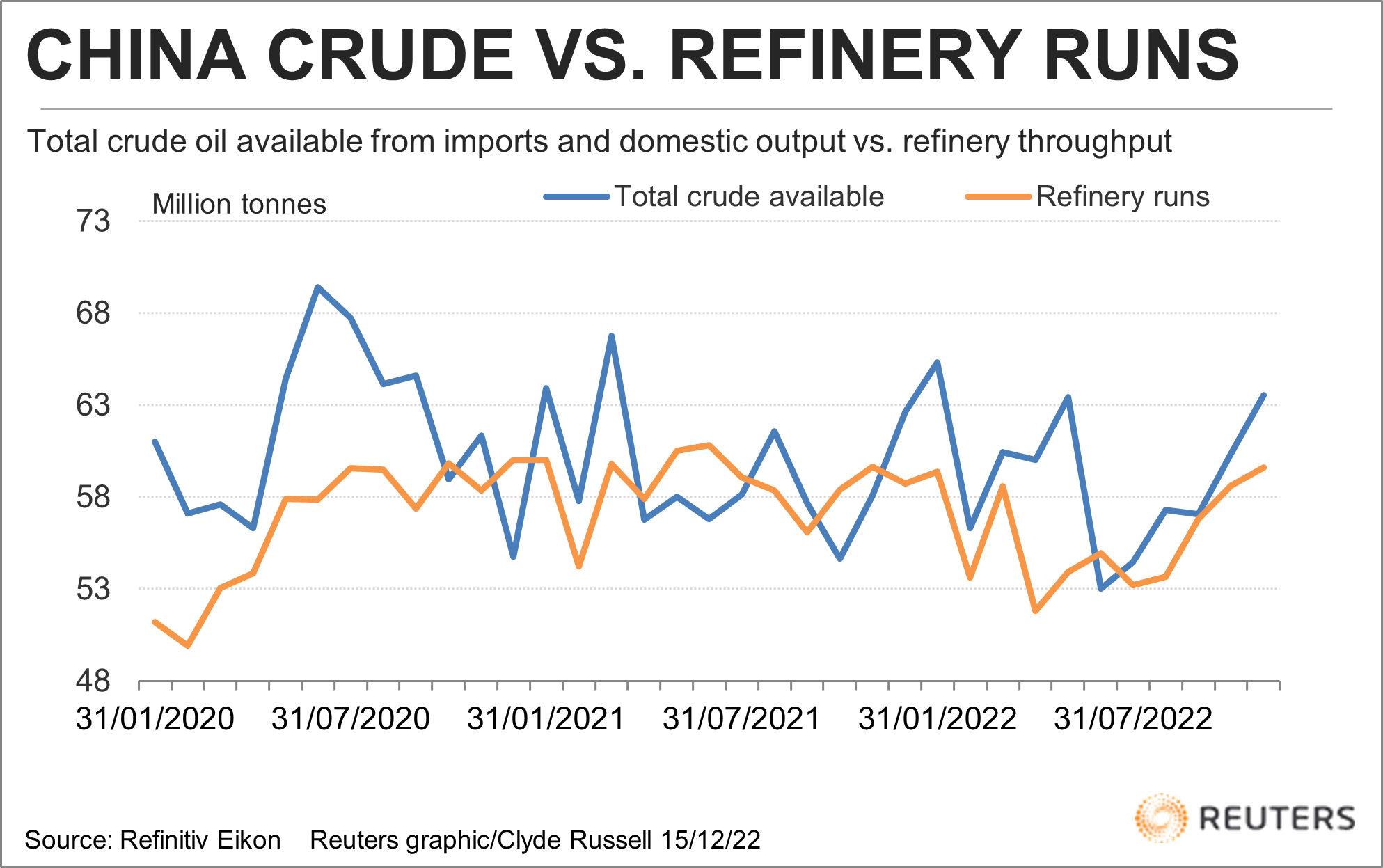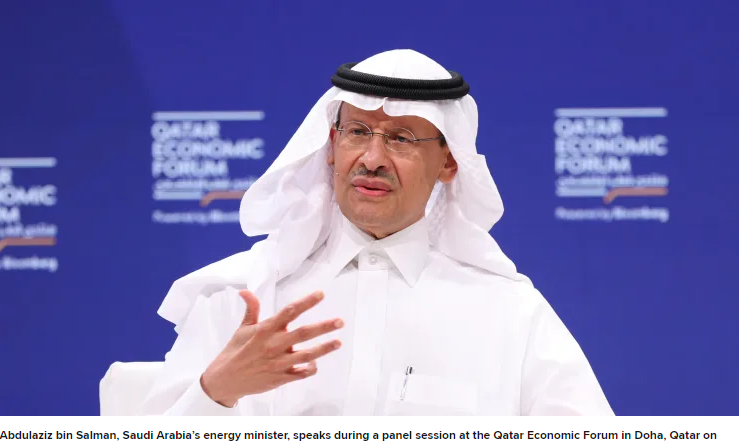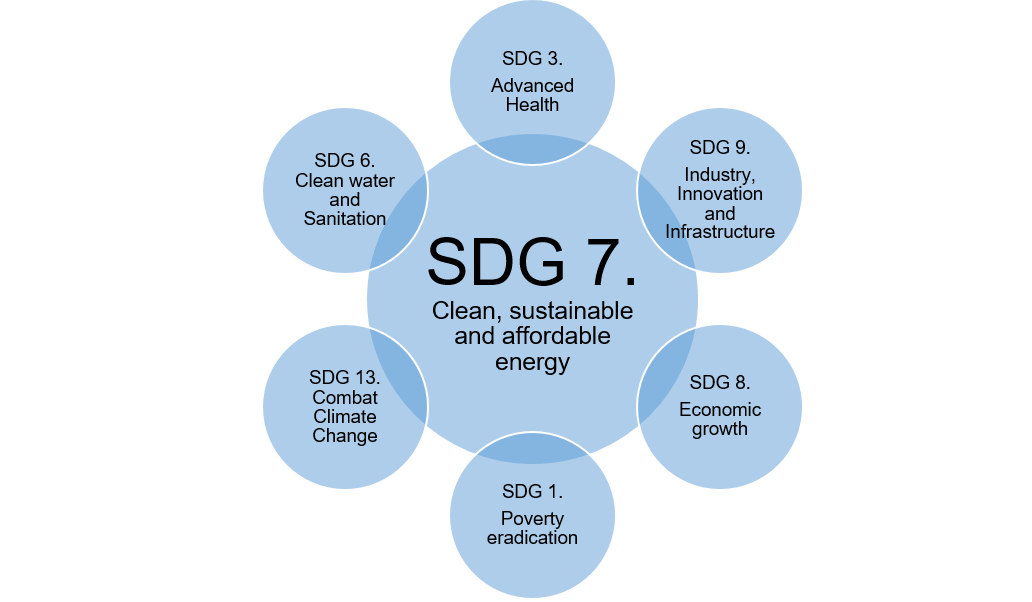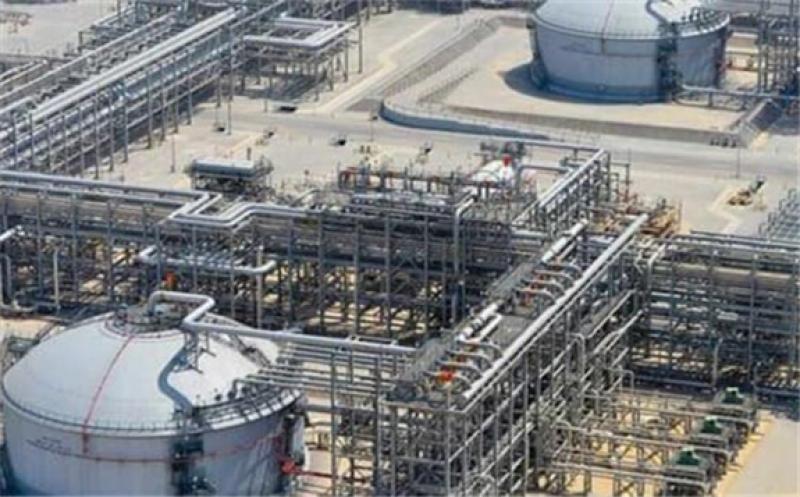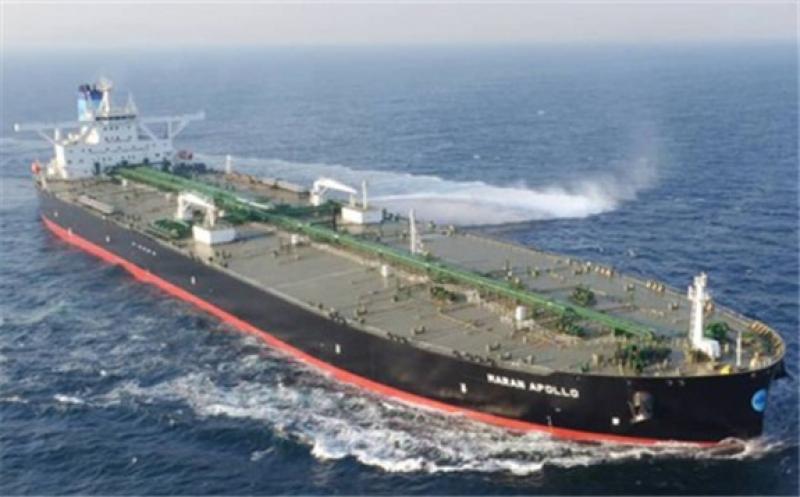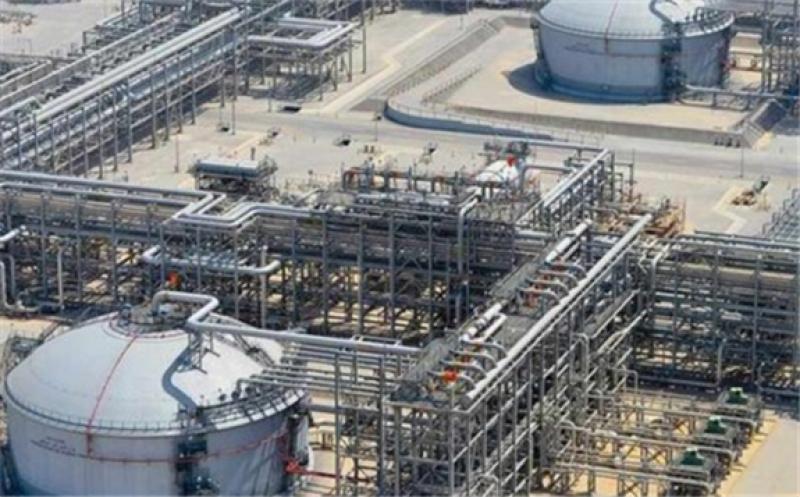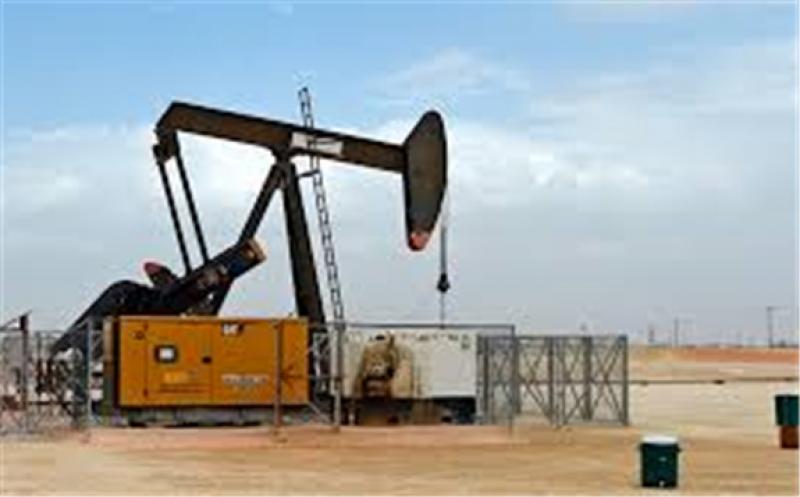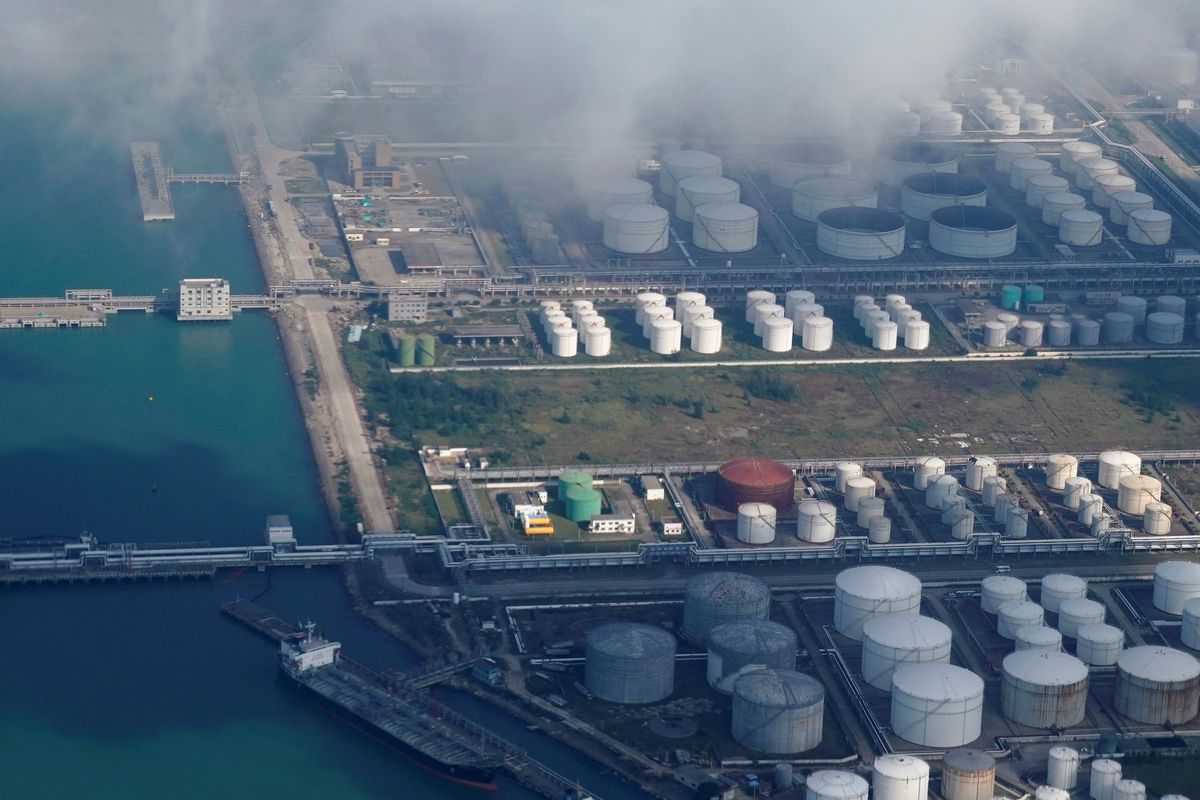 Oil and gas tanks are seen at an oil warehouse at a port in Zhuhai, China October 22, 2018. REUTERS/Aly Song/File Photo
Oil and gas tanks are seen at an oil warehouse at a port in Zhuhai, China October 22, 2018. REUTERS/Aly Song/File Photo
LAUNCESTON, Australia, Dec 15 (Reuters) - China's loosening of its strict zero-COVID restrictions is widely being viewed as bullish for crude demand. But there are other factors in the world's largest oil importer that give pause.
One is that China is continuing to build crude oil stockpiles, even though its refinery processing rates have risen strongly in recent months.
China's refinery throughput rose to the equivalent of 14.51 million barrels per day (bpd) in November, a one-year high and up from 14.22 million bpd in October, according to official data released on Thursday.
Commentary
By Clyde Russell
4 minute readDecember 15, 20229:00 PM GMT+8Last Updated 18 hours ago
Column: China boosted crude oil storage even as refiners processed more
By Clyde Russell
Oil and gas tanks are seen at an oil warehouse at a port in Zhuhai
Oil and gas tanks are seen at an oil warehouse at a port in Zhuhai, China October 22, 2018. REUTERS/Aly Song/File Photo
LAUNCESTON, Australia, Dec 15 (Reuters) - China's loosening of its strict zero-COVID restrictions is widely being viewed as bullish for crude demand. But there are other factors in the world's largest oil importer that give pause.
One is that China is continuing to build crude oil stockpiles, even though its refinery processing rates have risen strongly in recent months.
China's refinery throughput rose to the equivalent of 14.51 million barrels per day (bpd) in November, a one-year high and up from 14.22 million bpd in October, according to official data released on Thursday.
Advertisement · Scroll to continue
On the surface this feels like a strong outcome that is positive for crude oil demand, especially when other indicators such as rail freight, and air and road traffic are also moving higher.
But despite the solid gain in refinery processing, it appears that China is still building up crude oil inventories in commercial or strategic storage tanks.
China doesn't disclose the volumes of crude flowing into or out of strategic and commercial stockpiles, but an estimate can be made by deducting the amount of crude processed from the total of crude available from imports and domestic output.
The total volume of crude available from imports and domestic production in November was 15.46 million bpd, consisting of imports of 11.37 million bpd and local output of 4.08 million bpd.
This means the volume of crude available exceeded the amount processed by 950,000 bpd, which was up from 420,00 bpd in October.
Over the first 11 months of 2022 the volume of crude going into inventories was around 700,000 bpd.
China has had more crude available than the amount processed in 10 of the 11 months so far in 2022, which is somewhat surprising given crude prices surged after Russia's Feb. 24 invasion of Ukraine.
What is likely is that in recent months, Chinese refiners have been buying up Russian crude on the cheap and ahead of any loss of supplies from the Group of Seven nations cap on the price of Russia crude.
Certainly, Russian shipments to China have been strong in recent months, with the country taking over the title of biggest supplier from Saudi Arabia.
China imported an estimated 1.80 million bpd from Russia in November, according to Refinitiv Oil Research, exceeding the 1.69 million bpd supplied by Saudi Arabia.
Chinese refiners have also been exporting more refined fuels, especially diesel, having been granted additional quotas in order to take advantage of high regional prices for the transport and industrial fuel.
China total crude available vs refinery runs
DIFFERENT CRUDE DRIVERS
Overall, there are several dynamics at work in the outlook for China's crude oil imports.
The first is that domestic fuel consumption is likely to recover, but it might be a bit slower than many expect, especially if a wave of COVID-19 infections cause the authorities to re-impose restrictions, or lead to self-restricting by the population.
The second is that even a successful reopening of the economy and rising domestic fuel consumption doesn't necessarily translate in a straight line to higher crude imports.
Much will depend on price. If crude oil benchmarks remain around $80 a barrel, then China will most likely be happy to import to meet all its needs.
But should crude head above $100 a barrel again, it's likely that some of the oil that has been put in storage tanks will be used, and its also likely that refineries will be restricted from exporting refined products.
China has shown in the past that it's quite happy to pull back on crude imports during times of high prices, but equally happy to buy more than needed when prices are deemed to offer good value.
Writing by Clyde Russell; Editing by Raju Gopalakrishnan

